X
X: The Social Media Platform Formally Known As Twitter

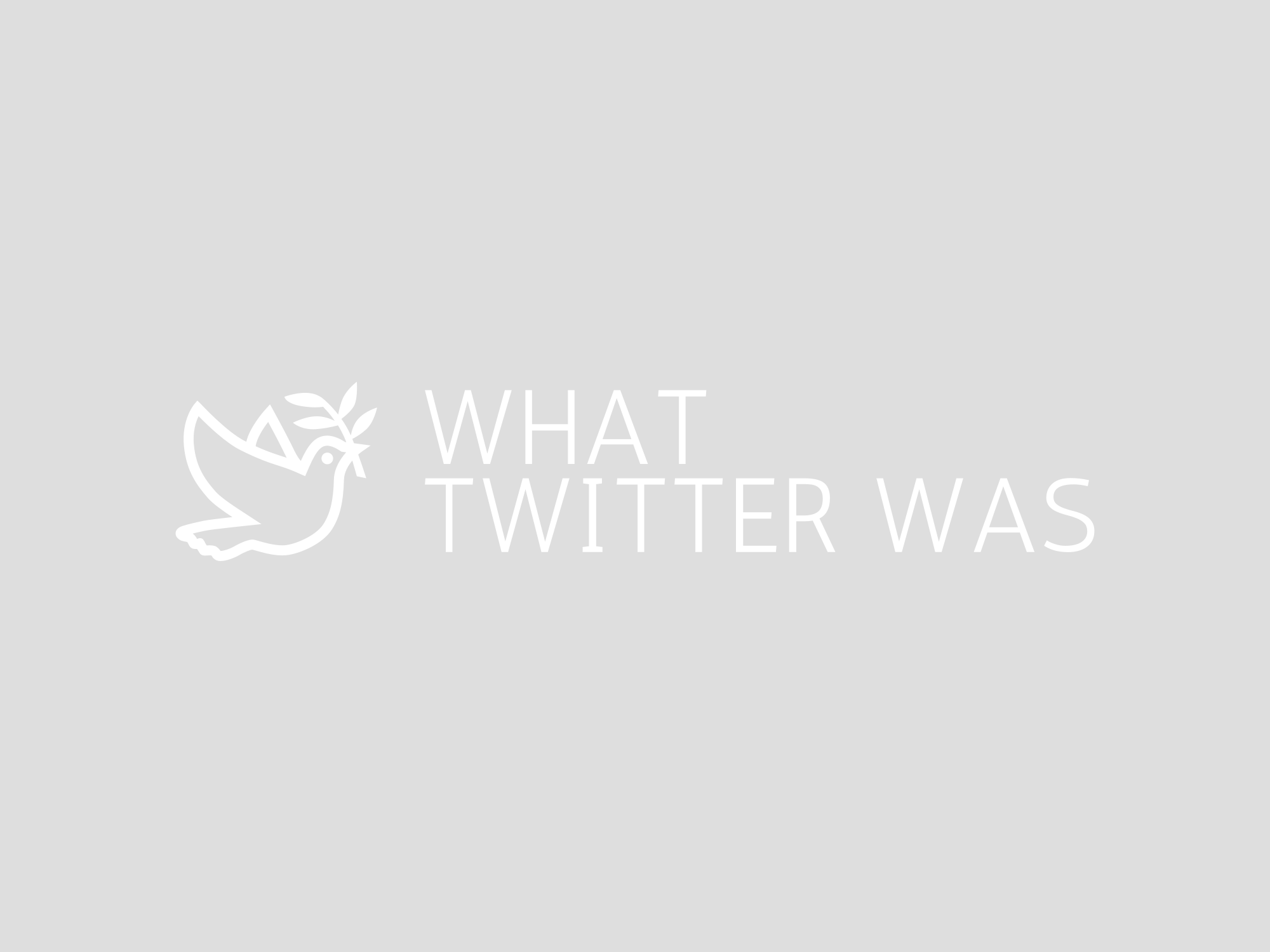
Twitter was good for real-time updates and breaking news. It let users connect directly with public figures and celebrities. The platform served as a space for sharing opinions and debates. Trends often started there, shaping conversations online. Hashtags helped organize discussions around events. Twitter also provided a way for brands to engage with their audience quickly. Its short format encouraged concise communication. Many used it to raise awareness for social issues and movements. Overall, Twitter facilitated quick connections and easy access to information.
X focuses on longer-form content and deep conversations, while Twitter emphasizes brief updates and real-time news. Users on X can share detailed thoughts, articles, and discussions. Twitter’s character limit encourages quick responses and fast interactions. X aims to build community through in-depth dialogue, whereas Twitter thrives on trending topics and instant reactions. Each platform caters to different communication styles and user preferences.
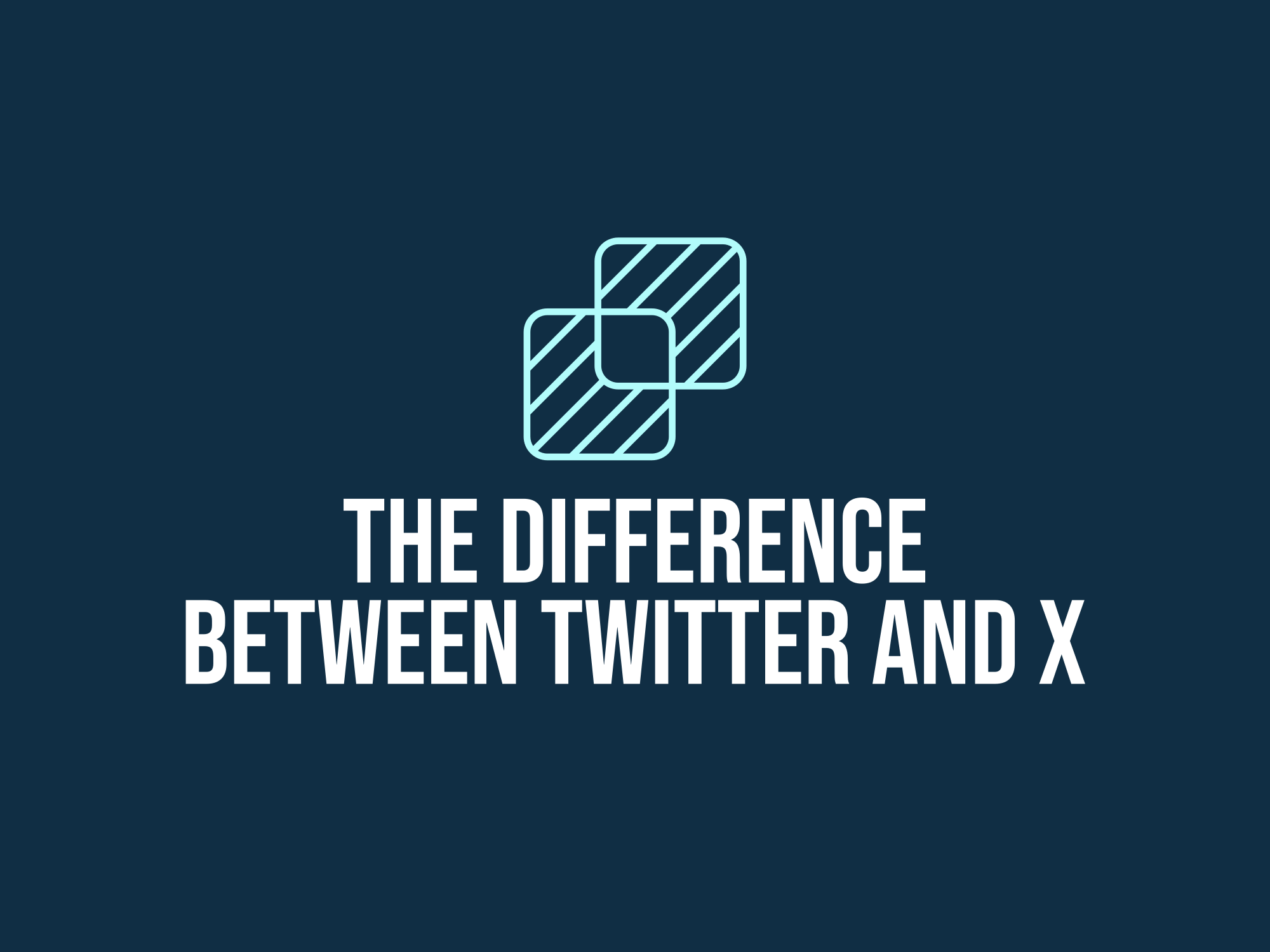

The best way to use x is to identify your specific needs. Start by understanding how x fits into your goals. Test its features to see which ones work best for you. Create a structured plan to implement it effectively. Monitor your progress and adjust your approach as necessary. Consistent use of x will maximize its benefits over time.
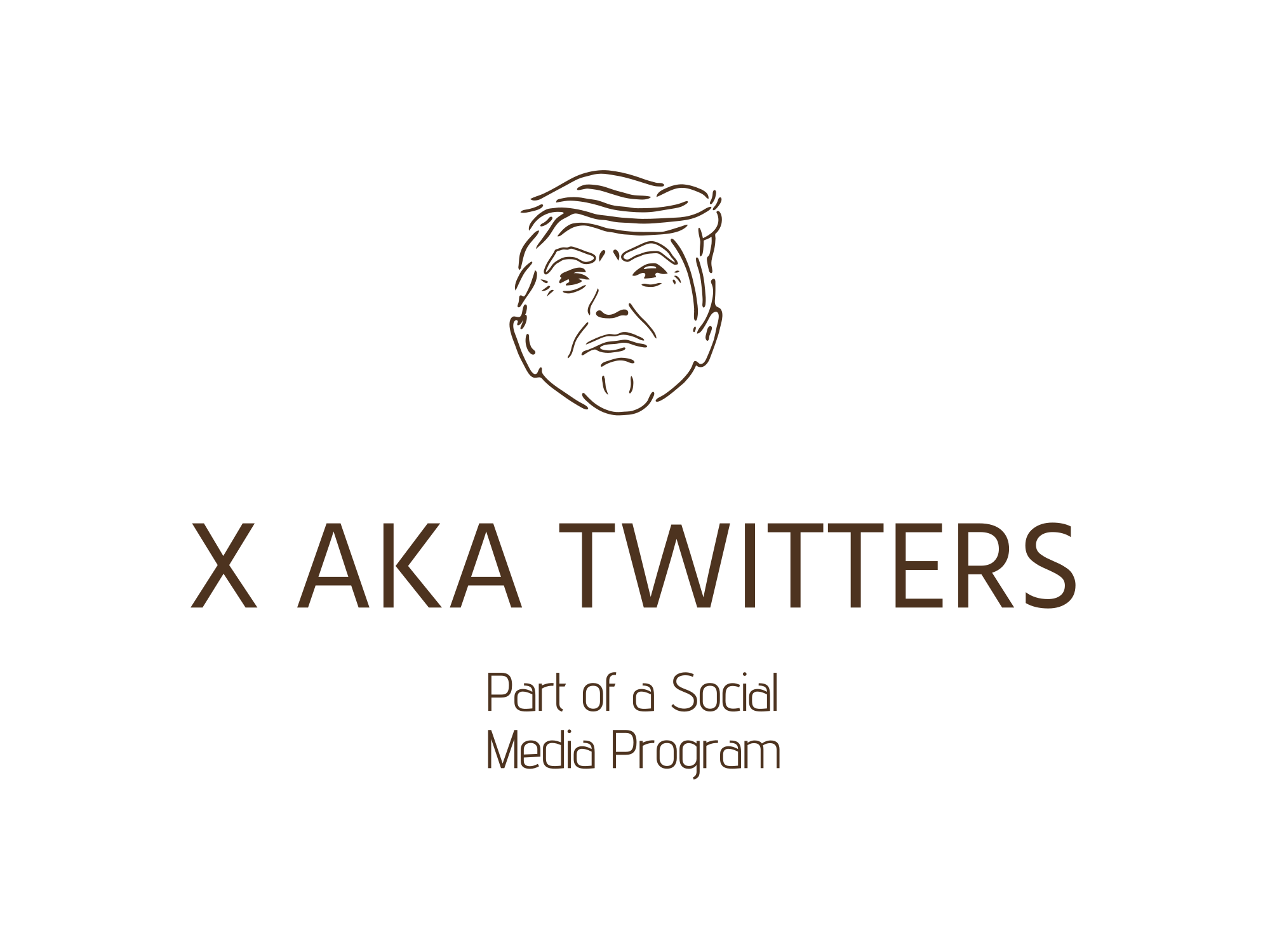
When looking at how best for nonprofits and labor unions to use social media, it is essential to understand the unique capabilities that these platforms provide in terms of communication, engagement, and advocacy. Nonprofits can leverage social media channels such as Facebook, Twitter, and Instagram to raise awareness about their causes, build a community of supporters, drive fundraising efforts, and promote events. They can also use these platforms to share impact stories, highlight success stories, and showcase the work they are doing in the community. Similarly, labor unions can utilize social media to engage with their members, provide resources and information on labor rights and protections, mobilize support for collective bargaining efforts, and advocate for policy changes that benefit workers. By strategically utilizing social media tools effectively, nonprofits and labor unions can amplify their voice, reach a larger audience, and create meaningful change within their communities.

In today’s digitally-driven world, social media plays a crucial role in nonprofit and labor unions’ efforts to engage with their members, donors, and the general public. While platforms like Facebook, Twitter, and Instagram can be effective tools for raising awareness, mobilizing support, and amplifying messaging, the question of whether X should serve as a primary or secondary platform depends on several factors. X’s features and functionalities must align with the organization’s specific goals and target audience demographics. Additionally, X’s user base size and activity level may influence its effectiveness as a primary platform. Ultimately, a strategic approach is needed to determine if X should take precedence over other social media channels or serve as a supplementary tool in reaching organizational objectives. By evaluating these considerations thoughtfully, nonprofits and labor unions can optimize their social media presence for maximum impact and engagement.
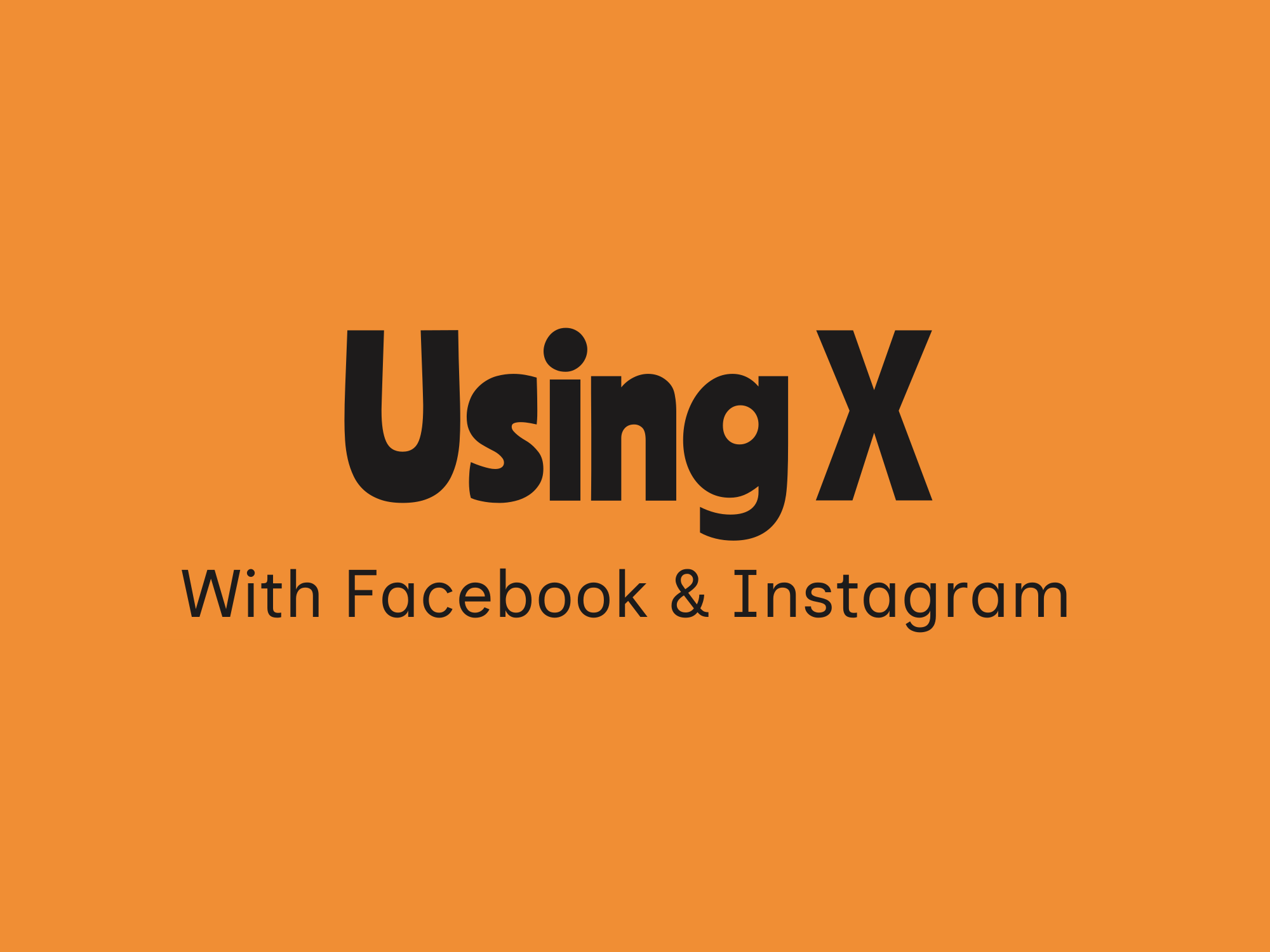
The frequency with which a nonprofit or labor union should post on social media platforms such as Facebook, Twitter, and Instagram depends on factors including the organization’s resources, audience preferences, and overall goals. However, in general best practices dictate that nonprofits and labor unions should aim to post at least once a day on Facebook, 3-5 times per week on Twitter, and 1-2 times per week on Instagram. This consistent posting schedule ensures that organizations stay engaged with their followers while not overwhelming them with too much content. Additionally, it’s important to regularly monitor engagement metrics such as likes, shares, and comments to gauge the effectiveness of posting frequency and adjust as needed. By maintaining a strategic posting schedule tailored to each platform, nonprofits and labor unions can effectively reach their target audiences and achieve their communication objectives.
Maximizing Impact: Utilizing X (Twitter) in a 90-Day Social Media Campaign for Labor Unions and Nonprofits
In the digital age, social media platforms have emerged as vital tools for engagement, awareness, and action. For labor unions and nonprofits, X (formerly Twitter) can serve as a powerful channel for advocating issues, mobilizing members, and informing the public. To effectively harness X as part of a larger social media campaign, it’s essential to strategically plan and execute a comprehensive approach over a 90-day period.

1. Defining Goals and Objectives
Before launching a campaign on X, it is crucial to establish clear goals. Consider the following objectives:
-
Engagement: Increase interaction with union members and the public.
-
Awareness: Educate the public on key issues affecting workers or specific causes.
-
Action: Mobilize supporters to participate in campaigns, sign petitions, or attend events.
Having clear objectives will guide content creation and engagement strategies.
2. Crafting a Content Strategy
A well-rounded content strategy is essential for maintaining interest and engagement. Here’s how to structure content for the 90-day campaign:
-
Week 1-4: Awareness and Education
-
Week 1: Introduce the campaign. Share the campaign’s goals and highlight the issues at stake.
-
Week 2: Post infographics and statistics that illustrate the impact of the issues on workers and communities.
-
Week 3: Share testimonials and stories from union members or individuals affected by the cause.
-
Week 4: Host a Twitter Space or live Q&A session with leaders or experts to discuss the issues in-depth.
-
-
Week 5-8: Engagement and Interaction
-
Week 5: Launch a hashtag campaign. Encourage members and supporters to share their stories using the designated hashtag.
-
Week 6: Conduct polls and surveys to gauge public opinion on the issues and engage users in conversation.
-
Week 7: Share user-generated content. Retweet and highlight posts from supporters and members to foster community.
-
Week 8: Feature “Day in the Life” posts of union workers or volunteers to humanize the issues.
-
-
Week 9-12: Mobilization and Action
-
Week 9: Promote upcoming events, rallies, or actions. Use countdowns to create excitement and urgency.
-
Week 10: Share action alerts, encouraging followers to contact their representatives or sign petitions.
-
Week 11: Highlight milestones achieved and share stories of progress, reinforcing the impact of collective action.
-
Week 12: Celebrate the conclusion of the campaign. Share successes and thank supporters, while inviting them to remain engaged.
-
.
3. Building a Community on X
Creating a sense of community is vital for effective engagement. Here are strategies to foster a vibrant community on X:
-
Engage with Followers: Respond promptly to mentions, comments, and direct messages. Acknowledging supporters fosters a sense of belonging.
-
Follow Back and Collaborate: Follow other unions, nonprofits, and allies. Engage in discussions, collaborate on campaigns, and amplify each other’s messages.
-
Use Multimedia: Incorporate images, videos, and GIFs into posts to make them more engaging. Visual content tends to capture attention better than text alone.
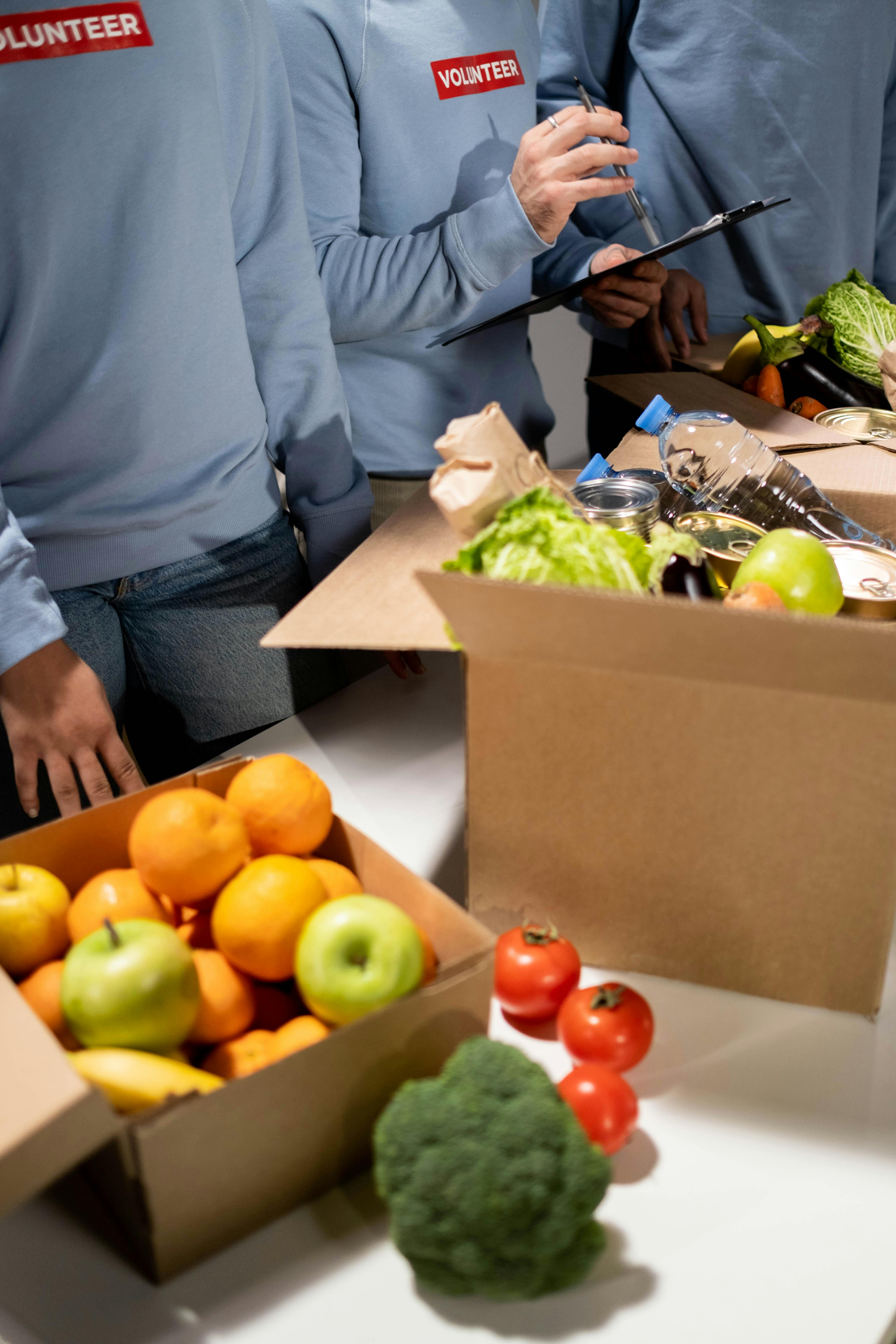
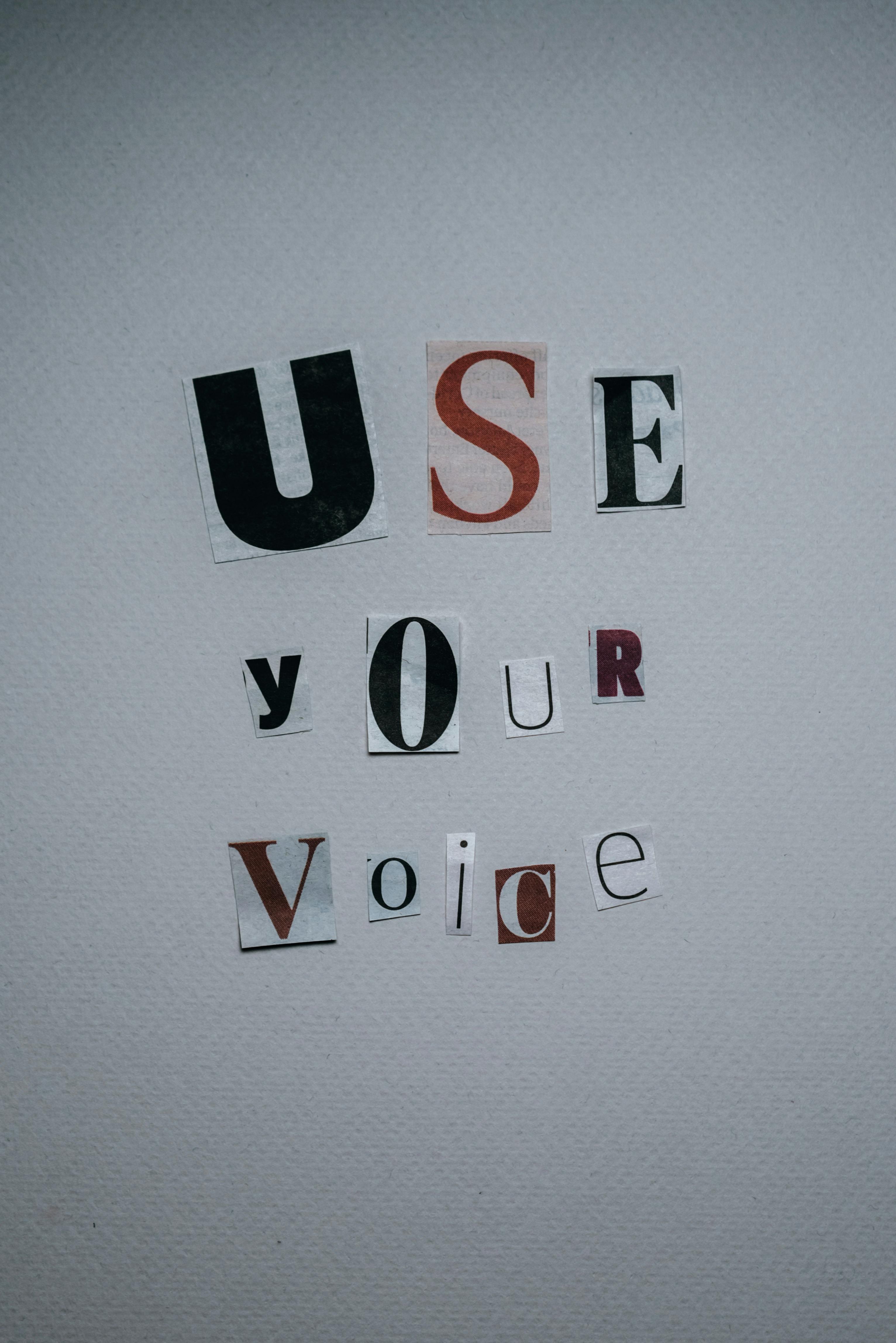
4. Monitoring and Adjusting the Campaign
To maximize effectiveness, continuously monitor the campaign’s performance using analytics tools. Track key metrics such as:
-
Engagement rates (likes, retweets, replies)
-
Follower growth
-
Click-through rates on links
-
Hashtag performance
Based on this data, be prepared to pivot your strategy. If certain types of content resonate more, consider increasing their frequency.
5. Creating Lasting Impact
As the campaign concludes, it’s essential to maintain momentum. Consider the following actions:
-
Follow-Up Content: Share updates on the issues and highlight any changes or progress made as a result of the campaign.
-
Ongoing Engagement: Keep the community alive by regularly posting updates, resources, and ways to stay involved.
-
Feedback Loop: Encourage feedback from members and supporters about the campaign, using their insights to inform future strategies
